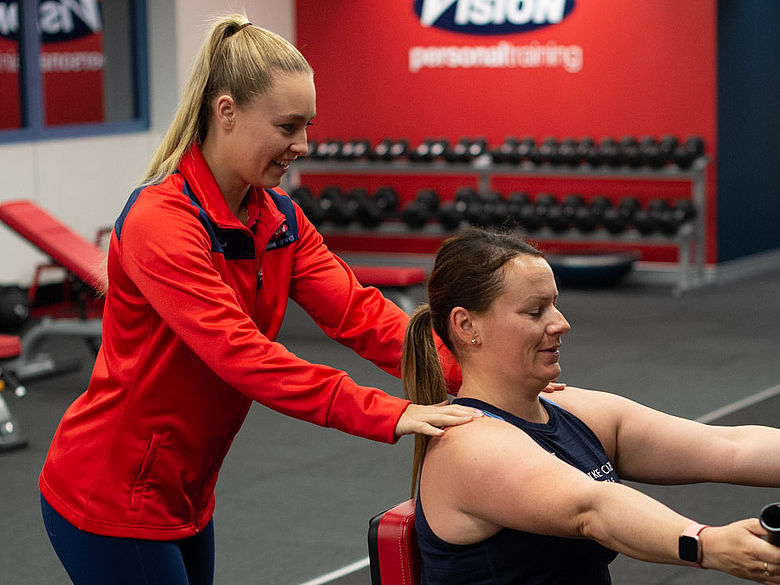There are a lot of 'health' foods on the market these days, and their marketing can be quite convincing. Something you may think is 100% natural and good for you can sometimes be the exact opposite. It is important to be aware that what you are eating may not always be exactly what you think it is. This is where checking labels become very important.
Here are the 4 most common ingredients to look out for below. Generally, these ingredients are found in processed and pre-packaged foods, so if you happen to find them in something labelled as 'healthy', then it might be a sign to choose something else!
Here are some of the ingredients you should avoid if you can:
1. HIGH FRUCTOSE CORN SYRUP
High fructose corn syrup (HFCS) is a liquid sweetener alternative to table sugar that is made from corn. There is not a lot evidence saying that it is less healthy than table sugar or other sweeteners. However, like table sugar, HFCS can contribute unwanted calories that are linked to common health problems, such obesity, type 2 diabetes, metabolic syndrome and heart disease.
In comparison to regular sugars, HFCS costs less to make and mixes with other ingredients more readily. Because of this, it seems to be creeping into many foods that would otherwise seem healthy, such as 'nutritional' health bars!
While table sugar is clearly labelled in the ingredients list of food products, HFCS can fall under many names that make it hard to identify. It can even be in foods that aren't considered "sweet". When you read the food labels, lookout for the words "corn sweetener", "corn syrup", "corn syrup solids", "maize syrup" as well as "high fructose corn syrup". Common "healthy" foods that contain HFCS include: breakfast cereals, yoghurt especially the fruit and sweet varieties, snack bars and salad dressings.
The best thing way to avoid HFCS is to make your foods yourself from wholesome ingredients where possible, and be extra cautious to check food labels if you are purchasing pre-packaged foods.
1. MSG
Monosodium glutamate (MSG) is a flavour enhancer that is added to food to intensify flavour. It too has a variety of names that you need to look out for on the ingredients lists. These include flavour enhancer (MSG), flavour enhancer (621), maltodextrin, sodium glutamate, sodium caseinate, hydrolysed vegetable protein, yeast extract (which contains MSG).
MSG must be added to food labels. Common foods you that contain MSG include stock cubes, soy sauces, dried or canned soups, and Asian style foods.
To avoid foods containing MSG, try using herbs, spices or different cooking techniques where possible when cooking. These are simple ways that you can enhance flavour in your meals without adding processed products.
3. ARTIFICIAL PERSERVATIVES
Preservatives (200 range) are used to prevent bacteria and mould growth on food products, preserve colour and flavour and help protect against food spoilage.
Sulphites (220-225, 228) are often added to dried fruits, such as apricots, to help them maintain their original colour and to stop them from turning brown. They are also used to increase the shelf life in a variety of foods such as pre-packaged salads, fruit and vegetable juice, some cereals and muesli.
Sorbates (200-203), such as sorbic acid (200) or potassium sorbate (202), are another group preservatives that commonly appear in food. While they do occur naturally in some foods, they can be added to increase the shelf life of products without changing the smell, taste or colour of the food.
If you are trying to stay away from preservatives, the best option is to buy wholesome, natural foods that you cook yourself. A general rule of thumb is that if a long shelf life, it probably has some sort of preservative in it. Again, reading food labels becomes really important as this will allow you to avoid some of the "not so nice" preservatives.
4. ASPARTAME
Aspartame is an artificial sweetener that is commonly used as a sugar substitute. As it is a lot sweeter than sugar, you need much less of it to achieve the same level of sweetness but with much fewer calories. This is what makes it so popular with people who are on a diet.
If aspartame is in a food product, it will be listed in the ingredients list. It will also show the warning: 'contains phenylalanine'. The most popular foods to contain aspartame are 'zero calorie' soft drinks, 'diet' foods, meal replacements and some 'sugar-free' products.
Remember, just because you eat some of these ingredients doesn't mean you are putting yourself in immediate danger. It is just good to know what it is you are putting in your body. If you are trying to lead a healthy lifestyle by nourishing your body from the inside out, it is best to eat as many wholesome and natural ingredients as possible.
*Disclaimer: Individual results vary based on agreed goals. Click here for details.

